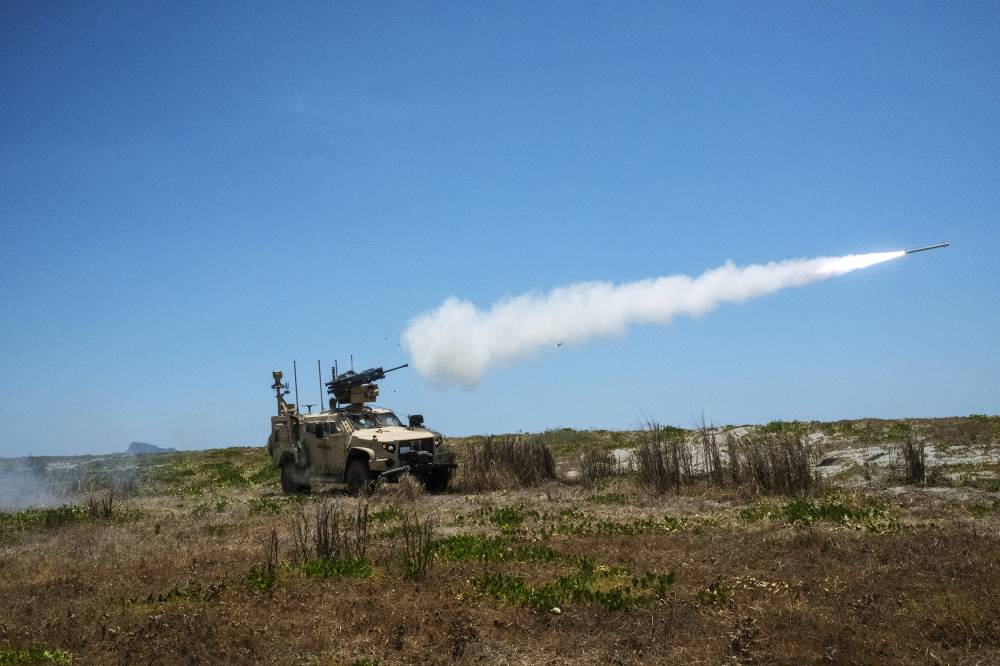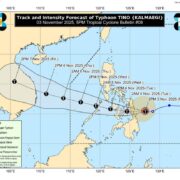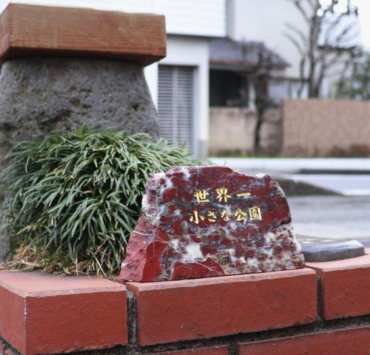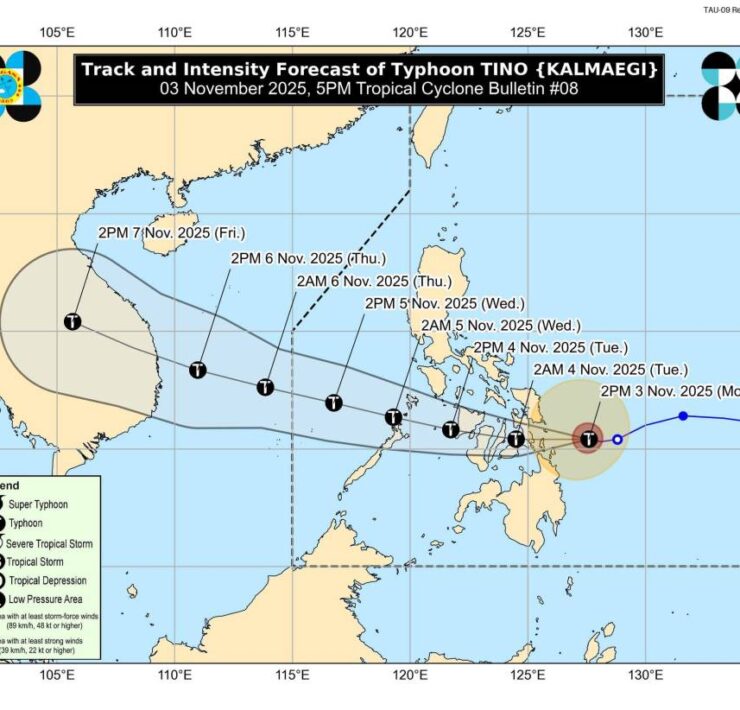PH, US stage 1st air, missile defense drills

SAN ANTONIO, Zambales—Filipino and American forces on Sunday launched missile strikes near the West Philippine Sea to defend the country’s coastline in their first-ever integrated air and missile defense exercise.
Sunday’s joint drills were part of the three-week “Balikatan,” the biggest military exercises between the Philippines and the United States involving about 17,000 troops, that will run until May 9.
The US Marine Corps’ Marine Air Defense Integrated System (Madis), a sophisticated air defense system designed to counter unmanned aerial systems deployed overseas for the first time, took down several drones simulating enemy cruise missiles at a navy base in this province facing the West Philippine Sea, Manila’s exclusive economic zone in the South China Sea.
Beijing in recent years has stepped up its aggressiveness in the South China Sea, which it claims almost entirely, and around Taiwan, which it has not ruled out taking by force.
The Madis worked in tandem with the Philippine Air Force’s Spyder surface-to-air missile system to develop a common view of potential airborne threats.
“We’re in the infancy of integration. But this was a good step forward as far as integrating both capabilities [is concerned],” Lt. Col. Matthew Sladek of the US Marine Corps told reporters after the event.
President Marcos was initially scheduled to watch the exercises from an undisclosed location but he left for the Vatican to attend the funeral of Pope Francis on Saturday.
Advanced weaponry
The US military deployed that day an antiship missile launcher for the first time in Batanes, the country’s northernmost province facing Taiwan.
Filipino and American troops rehearsed positioning the Navy-Marine Expeditionary Ship Interdiction System or NMESIS using a US Air Force C-130 aircraft as part of an island-retaking scenario or “maritime key terrain security operations.”
Both the NMESIS and Madis high-end gear are with the 3rd Marine Littoral Regiment of the US Marines, a small rotating force deployed throughout the Indo-Pacific region.
“The introduction of NMESIS into the first island chain for sea denial, sea control is another step in our force design journey,” US Marine Lt. Gen. Michael Cederholm told a small group of journalists invited to witness the transport of the missile system to Batanes.
“We’re not here practicing a war plan,” said Cederholm. “We’re practicing for the defense of the Philippines.”
The United States and the Philippines have denied the annual combat maneuvers—which both said would focus on a “full-scale battle scenario” this year—were aimed at China or any adversary.
Asked if US forces would pull out the antiship missile system from Batanes after the combat drills, Cederholm did not reply clearly.
“We don’t broadcast when we’re going in, when we’re coming out and how long things are going to stay,” he said. “All I’ll say is we’re here at the invitation and with the support of the Philippine government.”
“But I’m glad it’s here,” Cederholm said.
“Where you see a Marine Littoral Regiment, you will see NMESIS, you will see Madis, air control radars, sensors, and UAVs. That is the uniqueness of the weapon system and it’s part of our formation,” said Col. John Lehane of the 3rd Marine Littoral Regiment.
This year’s exercises will continue to feature the Typhon, a midrange missile system deployed to the Philippines in 2024—capable of firing up to a distance of thousands of kilometers.
China had repeatedly expressed its strong opposition to the US Army deployment last year of the missile system in the Philippines for joint exercises.
Chinese monitoring
Three Chinese People’s Liberation Army-Navy (PLA-N) vessels were spotted 111 kilometers (60 nautical miles) west of Palauig, Zambales, also on Saturday during a “multilateral maritime event” conducted by Philippine, US and Japanese navy ships. The drills were also part of the Balikatan.
“Despite the presence of these PLA-N vessels, the training activities proceeded without disruption. The activities of the Chinese naval vessels have been addressed in accordance with international law and protocols, and Philippine Navy ships remain focused on their training objectives alongside our allies,” the Philippine Navy said on Sunday.
Last week, China’s aircraft carrier group sailed near Batanes.
The National Task Force on the West Philippine Sea downplayed Chinese state media reports that the China Coast Guard (CCG) in mid April “implemented maritime control” over the Tiexian Reef, its name for Sandy Cay, a string of sandbars near Pag-asa (Thitu) Island.
An interagency maritime operation involving the Philippine Coast Guard, Philippine National Police-Maritime Group and Philippine Navy was deployed at the sandbars as part of a maritime patrol. They landed at all sandbars and observed the “illegal presence” of CCG 5102, some 1,000 yards east of Cay 2 and seven Chinese militia vessels near Cay 2 and Cay 3. —WITH A REPORT FROM AP





















